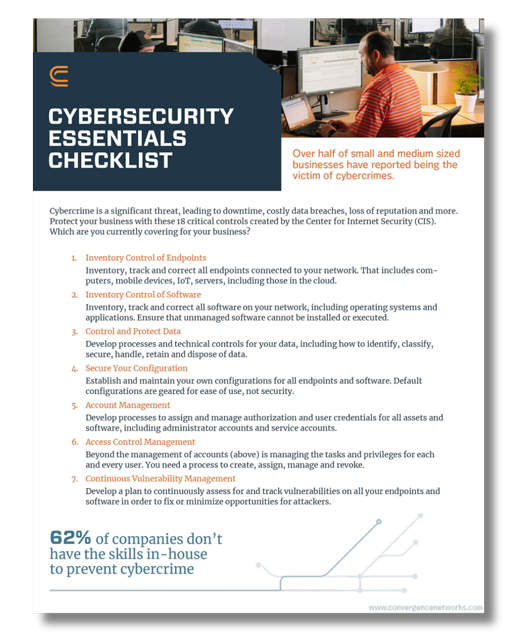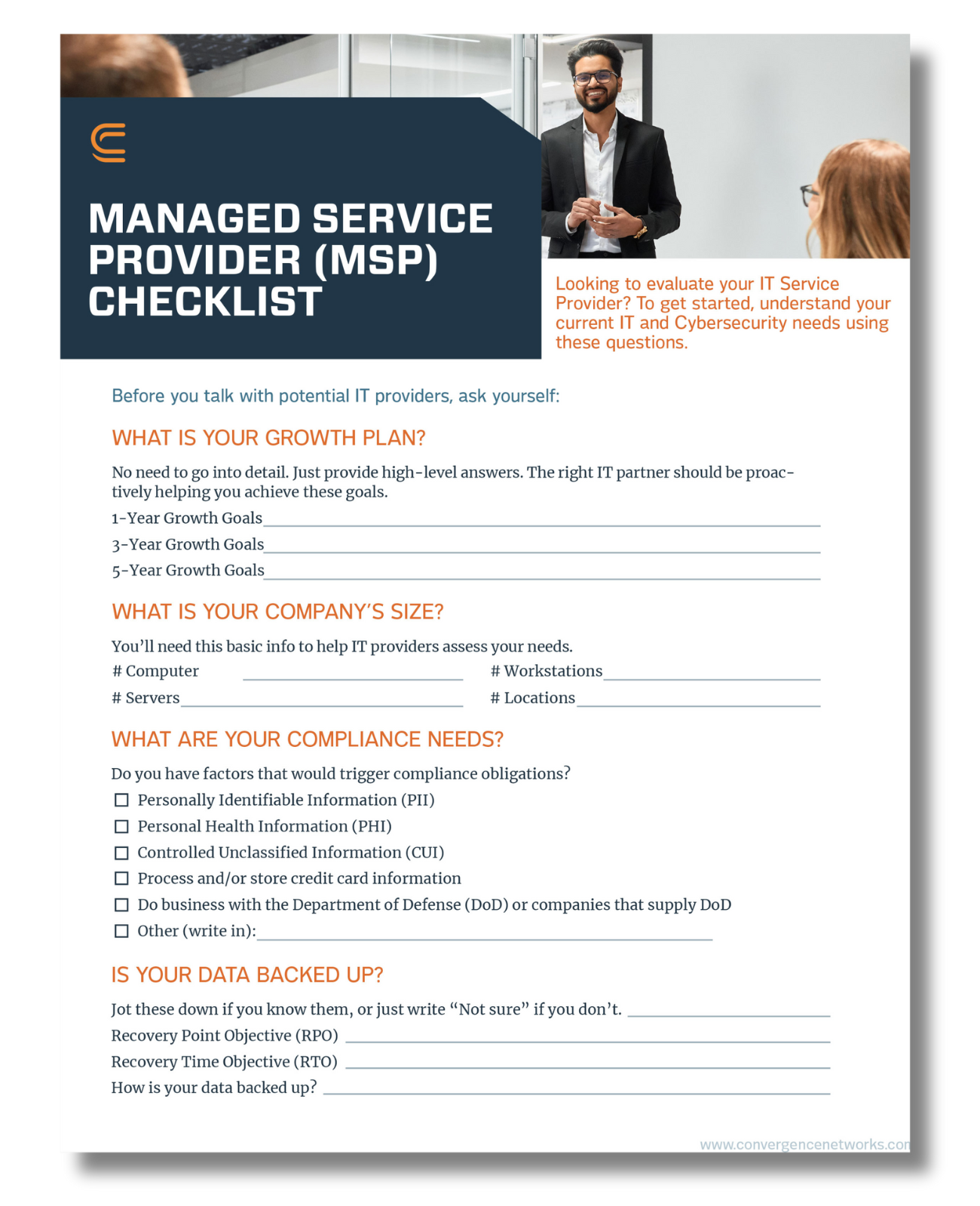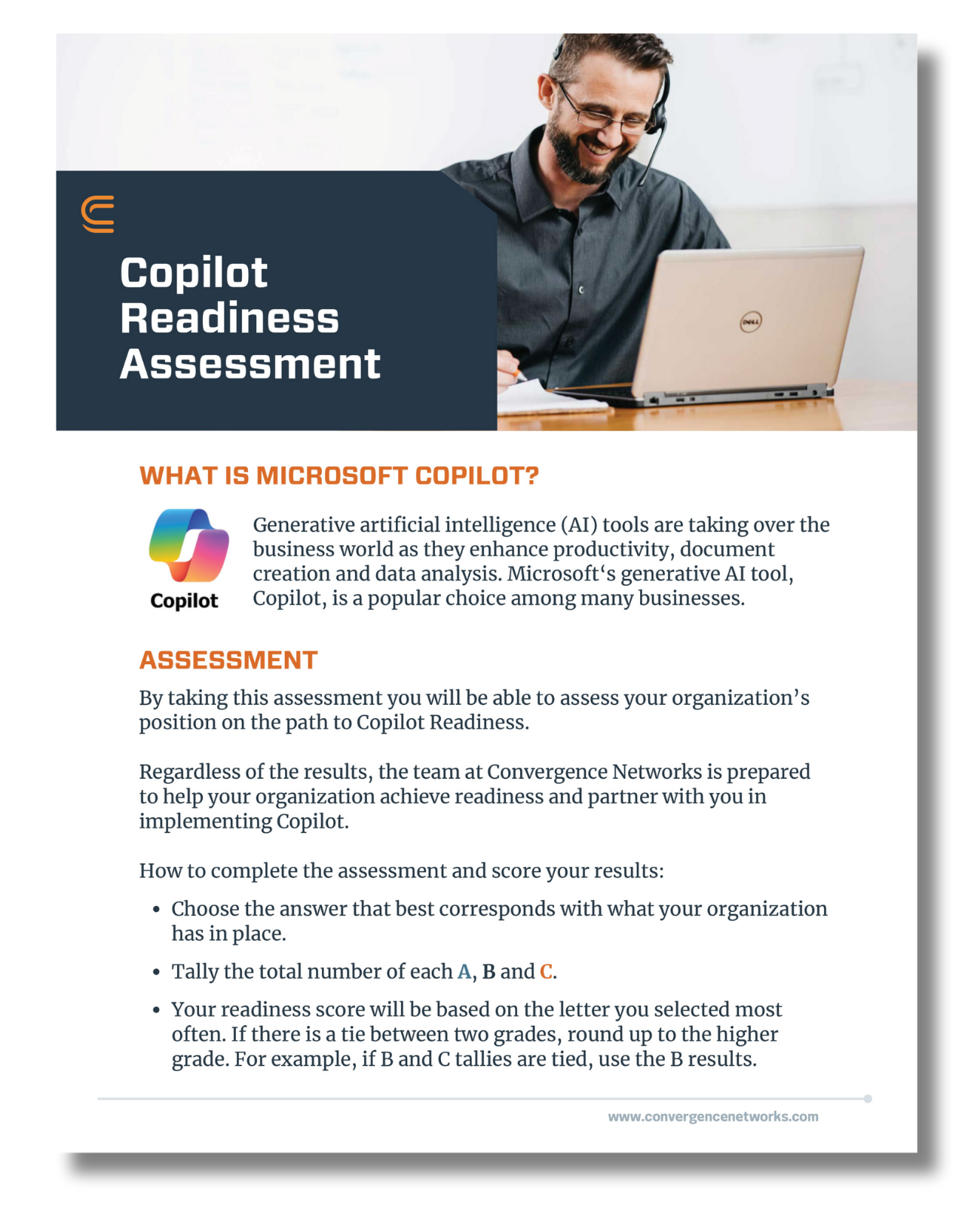Few industries handle data as sensitive — or as valuable — as the legal profession. That’s why law firm data compliance and cybersecurity are non-negotiables for law firms. From privileged communications to case files to financial records, your firm’s reputation is built on safeguarding this information. A single breach can erode trust built over decades, trigger costly litigation and disrupt billable hours.
In today’s hybrid legal environment, attorneys review contracts in airport lounges, home offices, and courtrooms. Teams collaborate across time zones using cloud-based e-discovery tools and AI-powered legal research tools. Security, accessibility, and compliance must now follow your people— wherever they work.
The Top Threats Facing Legal IT Leaders
Law firms face mounting pressures that impact operations, compliance, and long-term client trust.
- Evolving data-privacy laws: Regulations like GDPR, CCPA, and PIPEDA continue to evolve, tightening how firms must manage client data. Noncompliance can lead to fines, legal action, and reputational damage.
- A growing cyber threat landscape: Phishing, ransomware, and credential theft are on the rise. Legal records are particularly valuable on the dark web. A single breach can compromise client trust, reduce billable hours and trigger regulatory penalties.
- Hybrid and mobile workflows: Staff expect seamless, secure access to case files from anywhere. But poor connectivity or outdated access controls can slow down productivity and increase risk.
- The push for AI adoption: Generative AI speeds research and document review, but raises concerns about data leakage, privacy, and bias. To keep their competitive edge, firms need to embrace responsible AI usage without exposing privileged data.
A Security-First Framework for Legal IT
At Convergence Networks, we help law firms embed security into every layer of their technology strategy. Here’s how we partner with legal IT leaders to reduce risk while supporting agility and growth:
Assess Legal IT Risk and Compliance
- Map how data flows across case files, client records, and financial systems.
- Align with legal and industry standards like ABA Model Rules, ISO 27001, SOC 2, and local privacy laws.
- Prioritize remediating gaps that expose the firm to legal or financial risk.
Develop Zero-Trust Architecture for Law Firms
- Enforce identity verification for every user and device
- Implement seamless multi-factor authentication (MFA) for busy legal teams
- Use role-based access to ensure attorneys and staff see only what’s necessary
Enable Secure, Modern Work for Law Firms
- Deploy encrypted virtual desktops for remote and courtroom access
- Integrate document-management tools with secure mobile and offline modes.
- Offer VPN-free, policy-based access aligned with bar association guidelines
Integrate AI Responsibly
- Test AI tools in secure sandboxes that isolate sensitive client data
- Set clear policies around data inputs, storage and audit logging
- Train staff on AI ethics and how to prevent unintentional disclosures
Continuous Monitoring and Incident Response
- Use a 24/7 Security Operations Center (SOC) detect unusual login patterns, large file exfiltration, and ransomware signatures
- Activate pre-approved incident response playbooks to minimize downtime and keep court deadlines intact.
- Run quarterly simulations to align IT and leadership on response roles
Outline Governance and Client Communication
- Share risk and compliance dashboards with firm leadership
- Prepare breach-notification templates that meet regulatory and client requirements
- Schedule annual reviews to align technology roadmaps with firm growth and new regulations
How Legal Leaders Can Champion Security and Compliance
Data compliance, privacy, and security are no longer just IT concerns— they’re strategic priorities for law firms. Multiple stakeholders across the firm play a critical role in minimizing risk:
Managing partners and the C-suite
Should push for cybersecurity metrics in financial reports, not just IT dashboards. Allocating budgets for ongoing risk management, rather than one-off initiatives, protects revenue and client confidence. Engaging early with cyber insurers may also result in premium reductions.
IT directors and managers
Can drive security by standardizing endpoint configurations and leveraging automation for patching. Maintaining an accurate SaaS inventory helps reduce shadow IT, a persistent challenge in many firms.
Compliance and operations leaders
Should enforce data-retention policies that balance privacy laws with legal mandates. Role-based access reviews conducted quarterly (not annually) are more effective at minimizing unnecessary data exposure. To bolster a firm’s ability to avoid scams and attacks, these leaders should also collaborate with HR on cybersecurity awareness training tailored to legal workflows.
Measuring Success in Legal IT Security
How do you know if your law firm’s IT policies and procedures are on track? Focus on these key performance indicators:
- Mean time to detect (MTTD): The time from intrusion to alert. Lower numbers signal strong monitoring.
- Recovery time objective (RTO): The time required to restore core systems. This directly impacts court deadlines and billable time.
- Compliance audit pass rate: The percentage of controls met on the first review. Higher rates reduce regulatory exposure and client scrutiny.
- User satisfaction: Measures how attorneys’ and staff perceive support tools. Remember, security controls only work when people adopt them.
When these metrics trend in the right direction, trust grows, work continues uninterrupted, and the board gains confidence in risk oversight.
Partnership, Not Just Protection
At Convergence Networks, we don’t act like an external vendor. We work alongside your firm, virtually or onsite, to understand your practice cycles, court schedules, and evolving technology needs.
Whether we’re helping draft policy language or guide AI pilots, our role is to make sure your systems support the practice of law — securely and strategically.
Looking Ahead
Privacy laws will tighten, threat actors will adapt and client expectations will climb. Firms that treat law firm data compliance and security and compliance as strategic investments that are supported by flexible, modern IT will protect their reputations and empower attorneys to focus on practicing law.
Ready to strengthen your data-privacy posture? We offer complimentary risk assessments tailored specifically to the legal industry. Let’s uncover your biggest vulnerabilities and build a roadmap that secures your data and your firm’s future.














